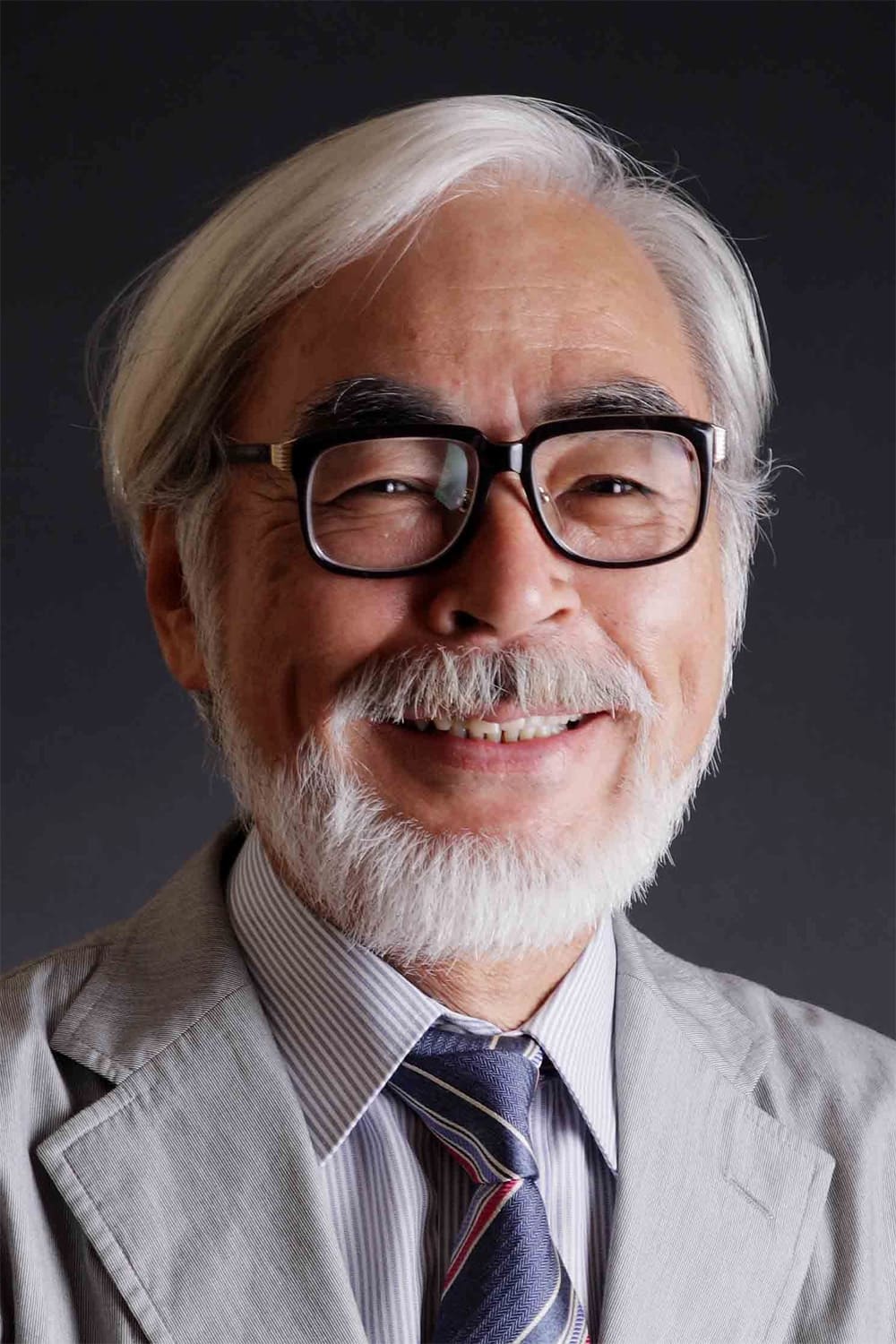
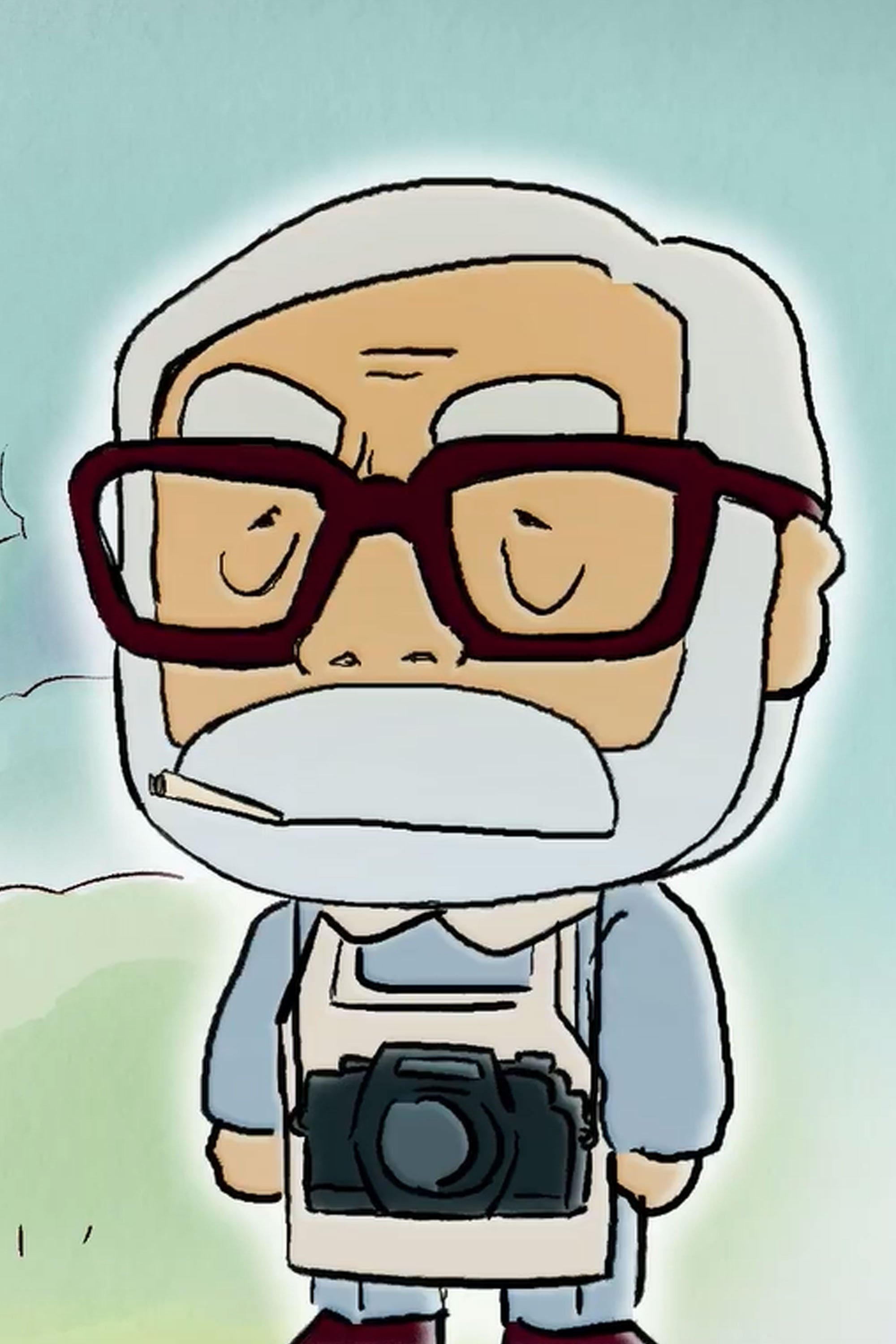
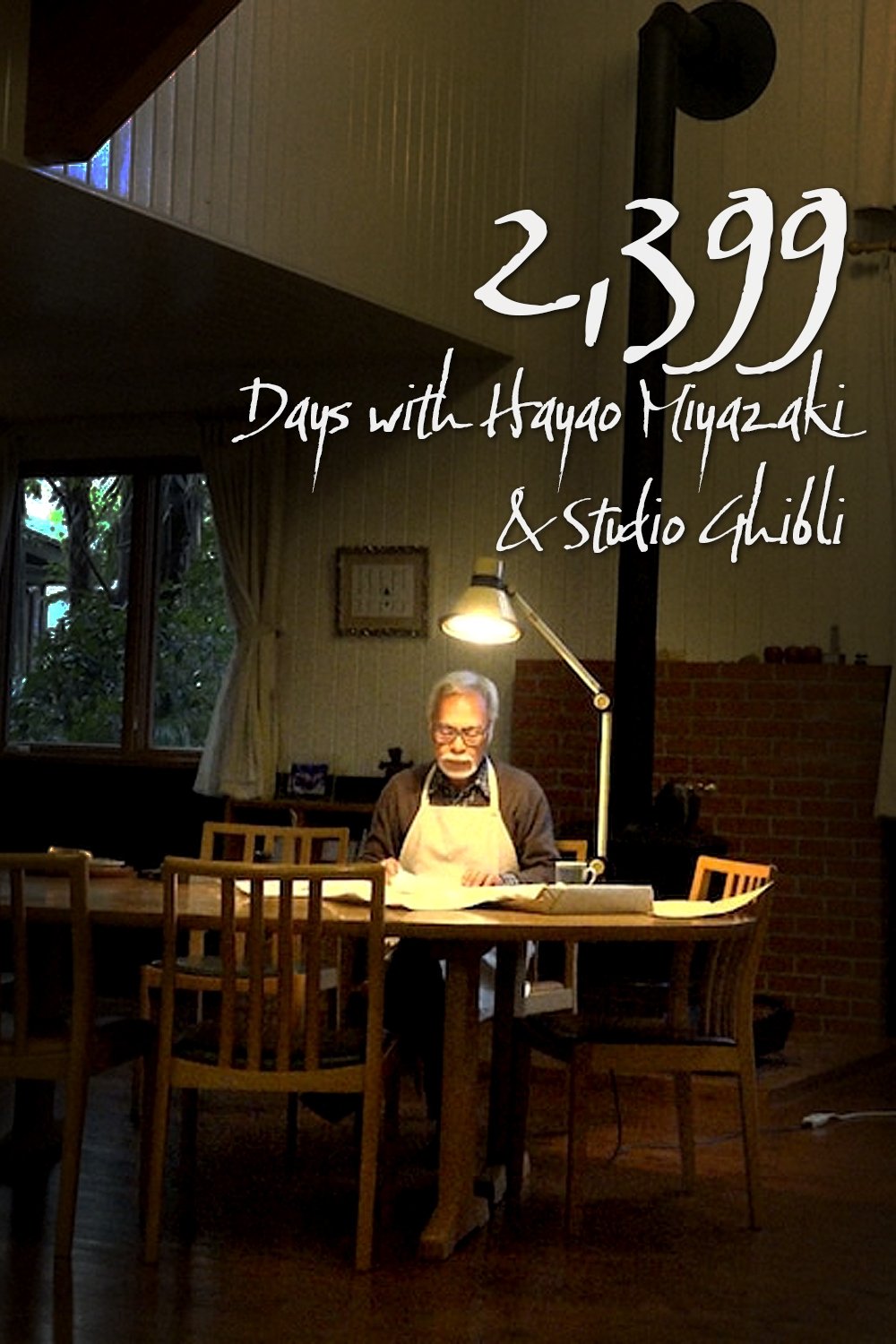
A documentary produced by NHK following the production of "The Boy & The Heron" over 7 years.

EVANGELION is coming to an end. NHK spent 4 years with exclusive access to director Hideaki Anno, documenting the creative process behind the final EVANGELION: 3.0+1.0 THRICE UPON A TIME. For the first time, the camera is allowed inside Anno's studio. The documentary attempts to capture why master filmmaker Hayao Miyazaki (STUDIO GHIBLI) describes him as one who sheds blood for his films.
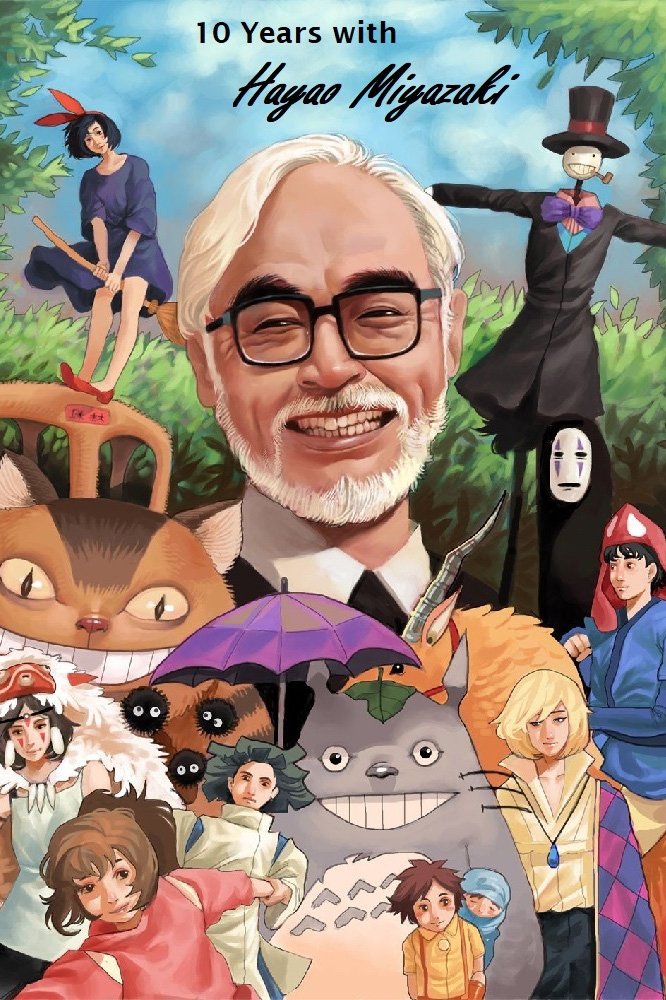
A chronicle of the creative process of the legendary Japanese filmmaker Hayao Miyazaki, a passionate artisan, a steadfast trailblazer, and a father butting heads with his son…
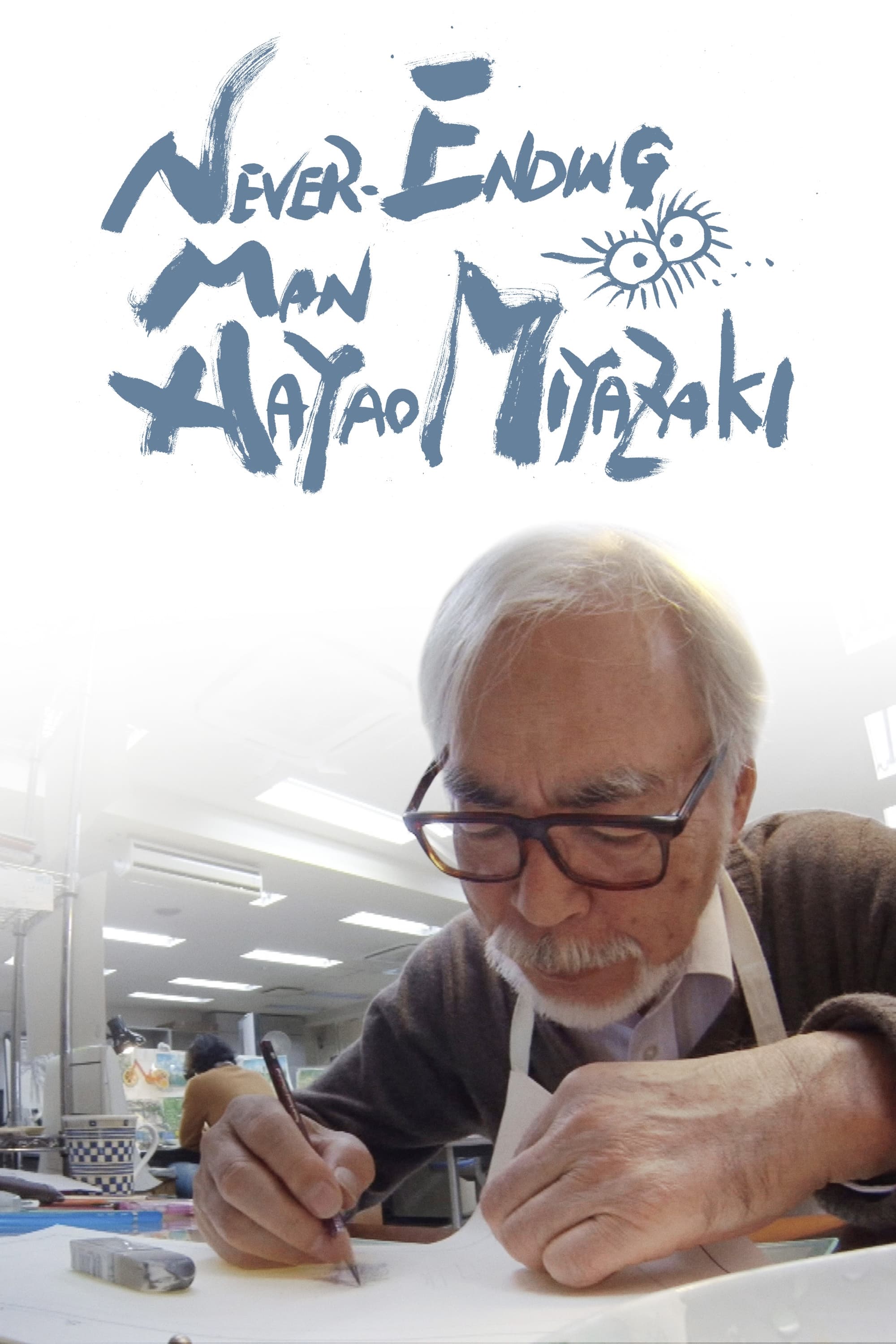
A look at legendary Japanese animator Hayao Miyazaki following his retirement in 2013.

For his first film in fourteen years animation director Isao Takahata embarked on a visually sumptuous adaptation of "The Tale of the Princess Kaguya". A dream project for the director that would hopefully establish the recently formed Ghibli Studio 7, created to meet the demands of a new type of modern animation process. But almost immediately the epic production is faced with difficulties and falls dramatically behind schedule. In this compelling and insightful documentary we follow Isao Takahata and his dedicated team of artists as they frantically strive against adversity to make their vision a reality and bring Studio Ghibli into a new Era.
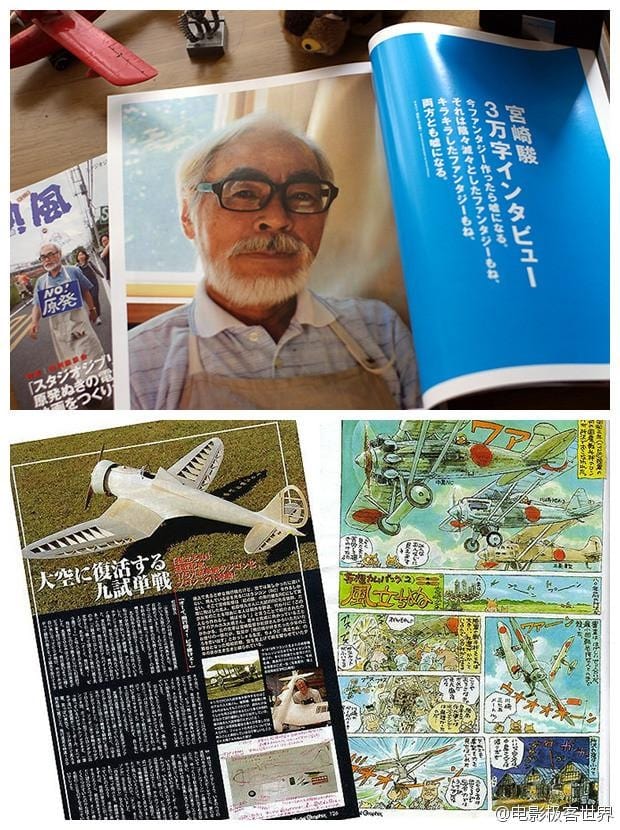
NHK TV Special
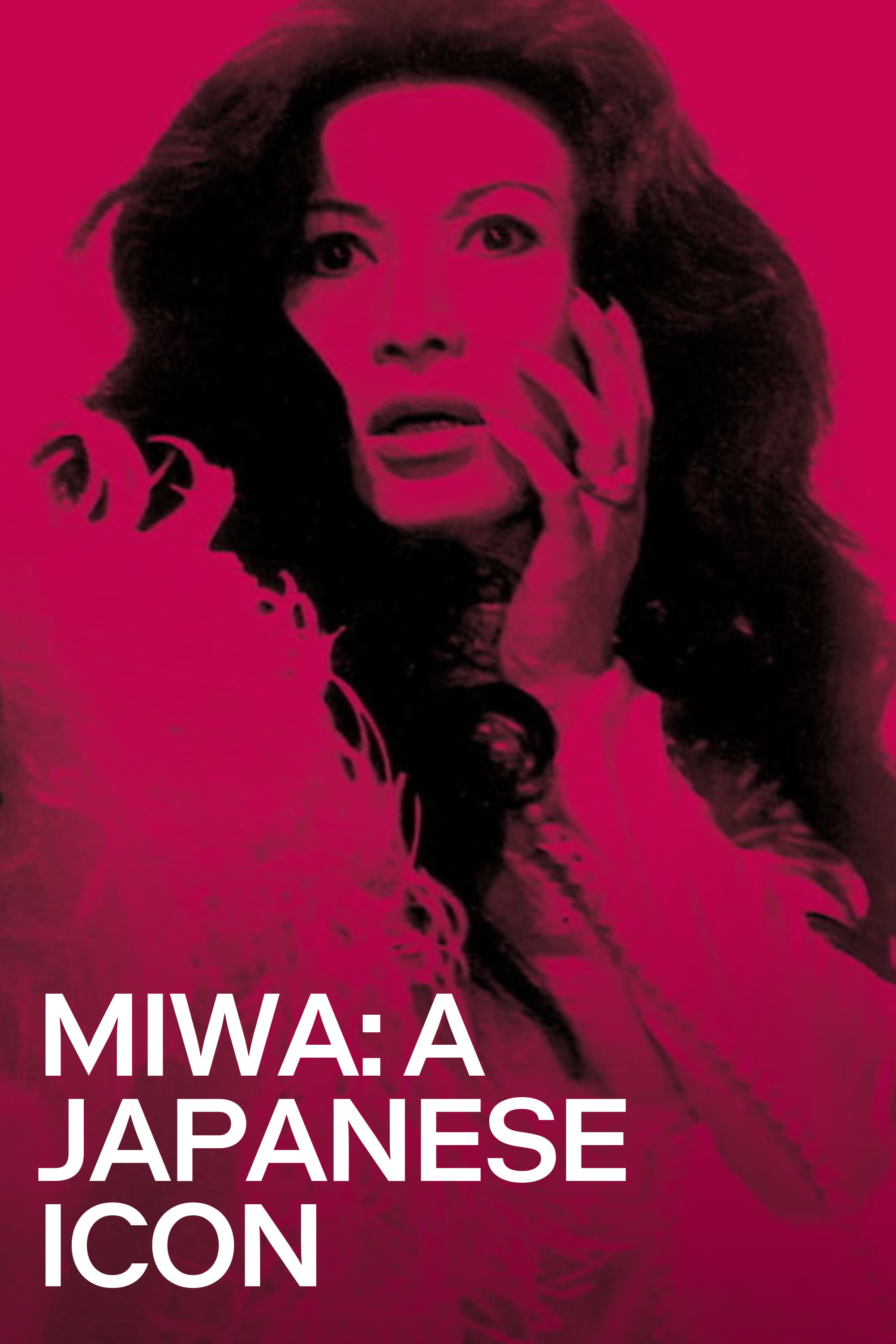
A legendary entertainer and a pioneer of gay activism, Miwa was born Akihiro Maruyama. As a young singer, Miwa popularized androgyny as a fashion statement, fusing the masculine and the feminine into a signal of a new generation of aesthetics. This evolved into performing as a woman and living off-stage as a man. With glitter, wit, evening gowns, and enchanting storytelling, Miwa looks back over a 50-year career and a fascinating life in music, film, and television.
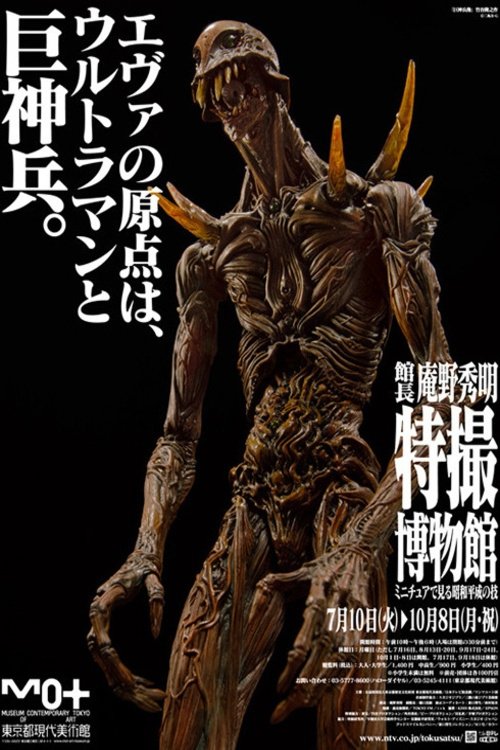
The short focuses on the God Warrior from Nausicaa of The Valley of The Wind (1984). Super-powered bio-weapons in ceramic armor begin attacking Tokyo, annihilating human civilization.
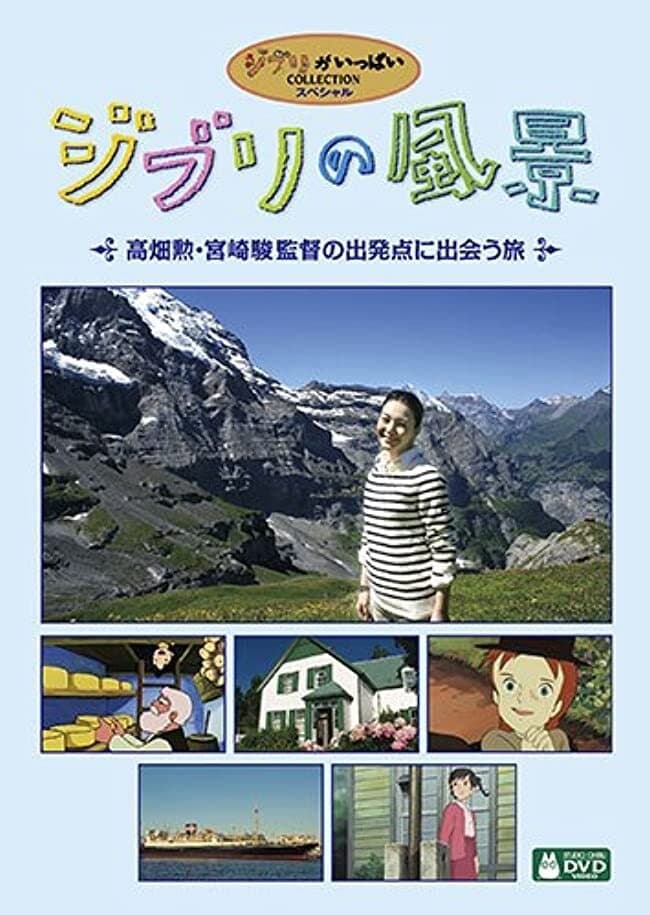
In this documentary we travel to the Swiss Alps and to the Canadian Prince Edward Island looking at the origins of the two classic TV series - Heidi, the Girl of the Alps and Anne of Green Gables. We will also learn how the Japanese scenery found its way into the latter. As the documentary was released as part of the From up on Poppy Hill promotion, a portion of it is dedicated to Yokohama, where the events of the film by Goro Miyazaki take place.
Hayao Miyazaki (Miyazaki Hayao, born January 5, 1941) is a Japanese manga artist and prominent film director and animator of many popular anime feature films. Through a career that has spanned nearly five decades, Miyazaki has attained international acclaim as a maker of animated feature films and, along with Isao Takahata, co-founded Studio Ghibli, an animation studio and production company. The success of Miyazaki's films has invited comparisons with American animator Walt Disney, British animator Nick Park as well as Robert Zemeckis, who pioneered Motion Capture animation, and he has been named one of the most influential people by Time Magazine. Miyazaki began his career at Toei Animation as an in-between artist for Gulliver's Travels Beyond the Moon where he pitched his own ideas that eventually became the movie's ending. He continued to work in various roles in the animation industry over the decade until he was able to direct his first feature film Lupin III: The Castle of Cagliostro which was published in 1979. After the success of his next film, Nausicaä of the Valley of the Wind, he co-founded Studio Ghibli where he continued to produce many feature films until Princess Mononoke whereafter he temporarily retired. While Miyazaki's films have long enjoyed both commercial and critical success in Japan, he remained largely unknown to the West until Miramax released his 1997 film, Princess Mononoke. Princess Mononoke was the highest-grossing film in Japan—until it was eclipsed by another 1997 film, Titanic—and the first animated film to win Picture of the Year at the Japanese Academy Awards. Miyazaki returned to animation with Spirited Away. The film topped Titanic's sales at the Japanese box office, also won Picture of the Year at the Japanese Academy Awards and was the first anime film to win an American Academy Award. Miyazaki's films often incorporate recurrent themes, such as humanity's relationship to nature and technology, and the difficulty of maintaining a pacifist ethic. Reflecting Miyazaki's feminism, the protagonists of his films are often strong, independent girls or young women. Miyazaki is a vocal critic of capitalism and globalization. While two of his films, The Castle of Cagliostro and Castle in the Sky, involve traditional villains, his other films such as Nausicaa or Princess Mononoke present morally ambiguous antagonists with redeeming qualities.
By browsing this website, you accept our cookies policy.